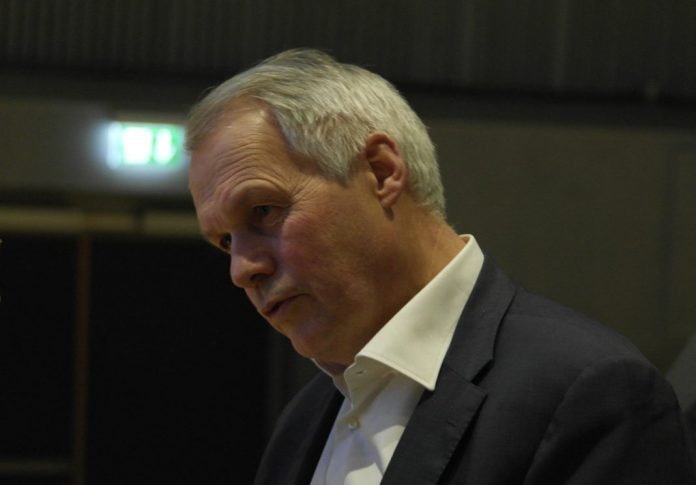SalMar posted an operating profit (EBIT) of EUR 60 million in the third quarter, compared with EUR 92 million in the same period last year.
“For the SalMar Group, the third quarter was a mixed experience, Central Norway posted satisfactory results, in line with our expectations. Sales and Processing achieved good results on the back of efficient operations and a good allocation of volumes in a challenging period with declining prices. However, Northern Norway’s performance was very weak,” said SalMar’s Gustav Witzøe who recently took over as CEO.
SalMar Ocean
“In SalMar we are always looking for possibilities to improve our operational performance. Through the creation of SalMar Ocean, we aim to coordinate and strengthen our efforts within offshore fish farming. We see a significant potential within offshore fish farming and by doing this we want to maintain our leading position in this area both with relation to technological developments and biological production. This will contribute to an environmentally sustainable development of Norwegian aquaculture industry in the years to come,” added Witzøe.

Former CEO Olav-Andreas Ervik is leading the effort at SalMar Ocean – becoming managing director of the new subsidiary responsible for the company’s ventures in ocean-based fish farming.
Lower salmon prices and poor results
SalMar generated gross operating revenues of just under EUR 276 million for the quarter, on a par with the corresponding period last year. The Group harvested some 35,800 tonnes, 300 tonnes less than in the same period in 2018. SalMar’s Operational EBIT per kg came to EUR 1.7 for the third quarter of 2019, a decrease of EUR 0.8 per kg compared with the same period last year. The lower profit margin is largely attributable to lower salmon prices and poor results in Northern Norway.
Fish Farming Central Norway posted satisfactory results. The fish harvested were largely salmon that had been transferred to sea farms in the spring of 2018, a generation that has performed well biologically. Towards the end of the period, in order to reduce the risk posed by salmon lice in Central Norway, SalMar chose to start harvesting fish transferred to sea farms in the autumn of 2018 earlier than planned. This had a negative effect on costs, average weight and price achievement for the quarter. For the same reason, the segment’s costs are expected to be slightly higher and volume somewhat lower in the fourth quarter.
In recent quarters, Fish Farming Northern Norway’s cost level has been disappointing, and its performance in the third quarter was very weak. This is mainly due to biological challenges. Illness and the risk of illness have resulted in fish being harvested earlier than planned, which has negatively affected both price achievement and costs. The sites that had biological challenges was emptied out by the end of the third quarter and SalMar, therefore, expects a substantially lower cost level and a higher volume the fourth quarter where one will harvest from sites that have performed better biologically and have lower costs than those harvested in the third quarter.
Icelandic boost
Iceland-based Arnarlax posted yet another positive result. High average weight for the fish harvested led to good price achievement, while production costs remained at the same level as earlier in the year. Compared with last year, Arnarlax’s result in the period was a sharp improvement due to better biological performance and operational improvements. Arnarlax expects costs and volume to remain at the same level in the fourth quarter.

The Sales and Processing segment posted a positive operating profit of EUR 10.2 million in the third quarter. Good disposition of sales and efficient operation have produced good results in a period of falling prices. At the same time, lower prices have resulted in higher margins on fixed-price contracts. As of November 13, SalMar secured 20 percent of the planned sales volume in the fourth quarter on fixed contracts.
The global supply of Atlantic salmon is expected to increase by around 7 per cent in 2019 and by 4 per cent in 2020. Combined with expectations of good demand, this indicates a balanced salmon market, with the outlook for continued good prices.
SalMar maintains its expectations to harvest a total of 145,000 tonnes of salmon in Norway and 10,000 tonnes in Iceland in 2019. In 2020, the company expects to harvest 152,000 tonnes in Norway and 10,000 tonnes in Iceland.


